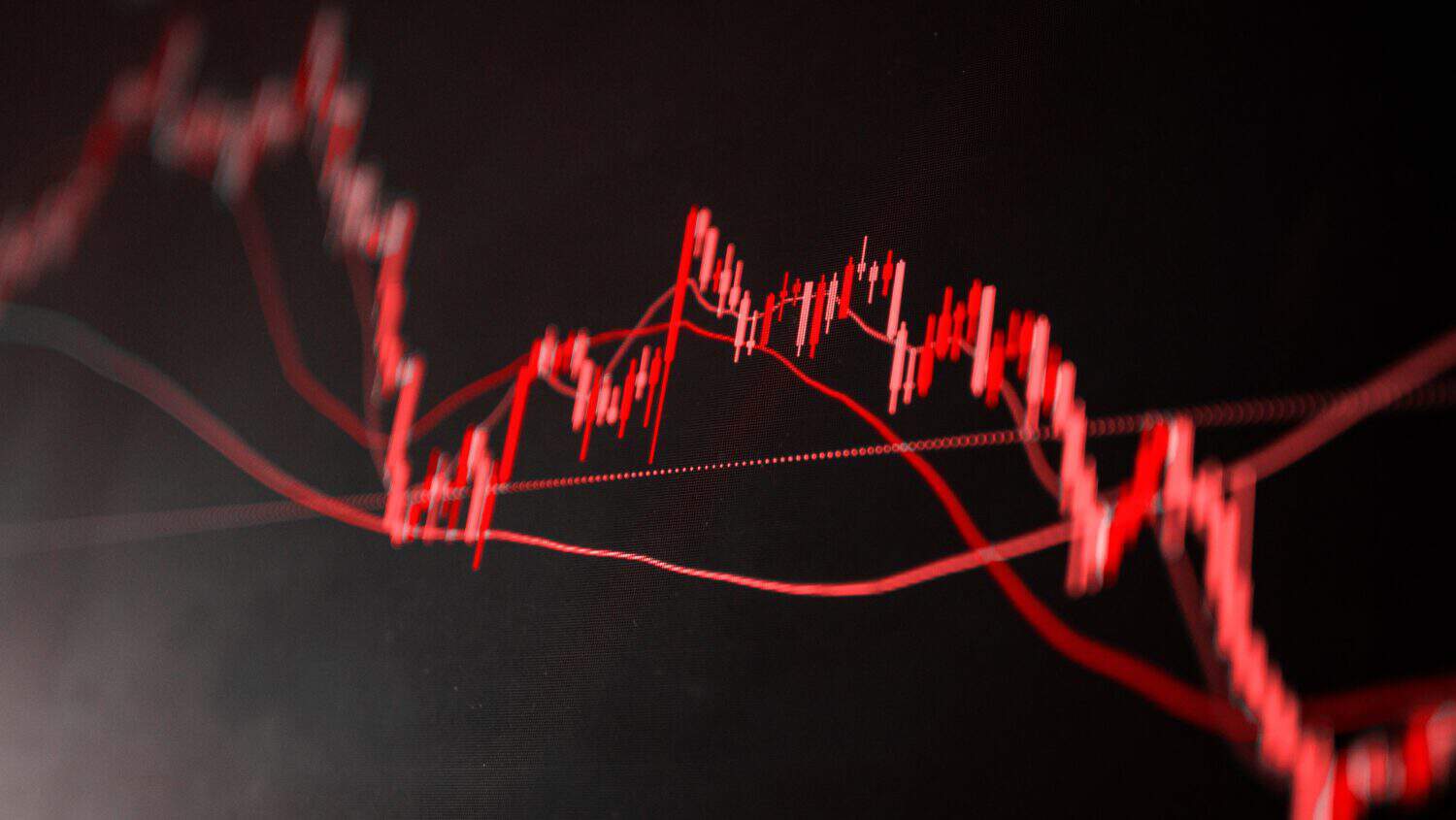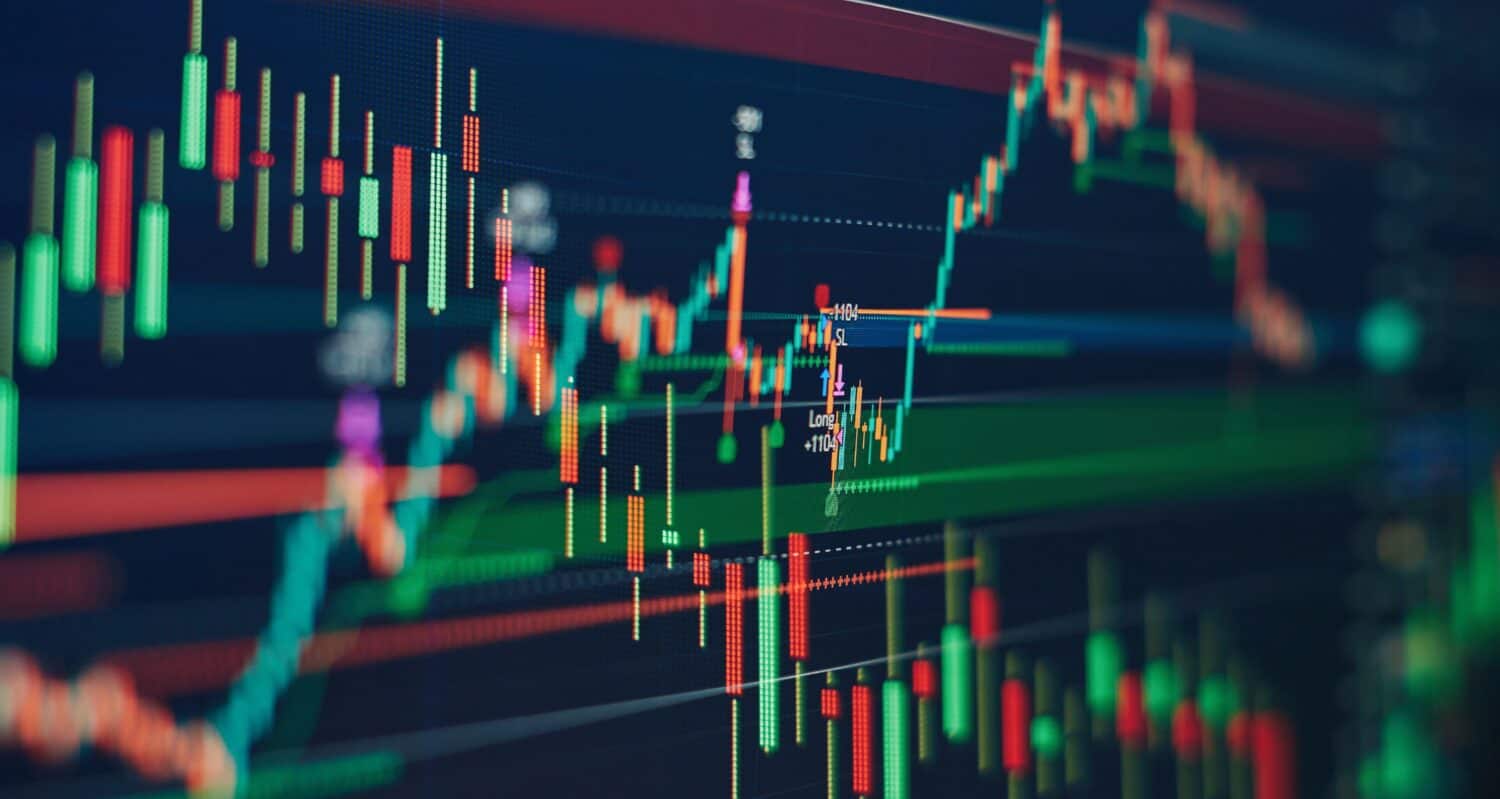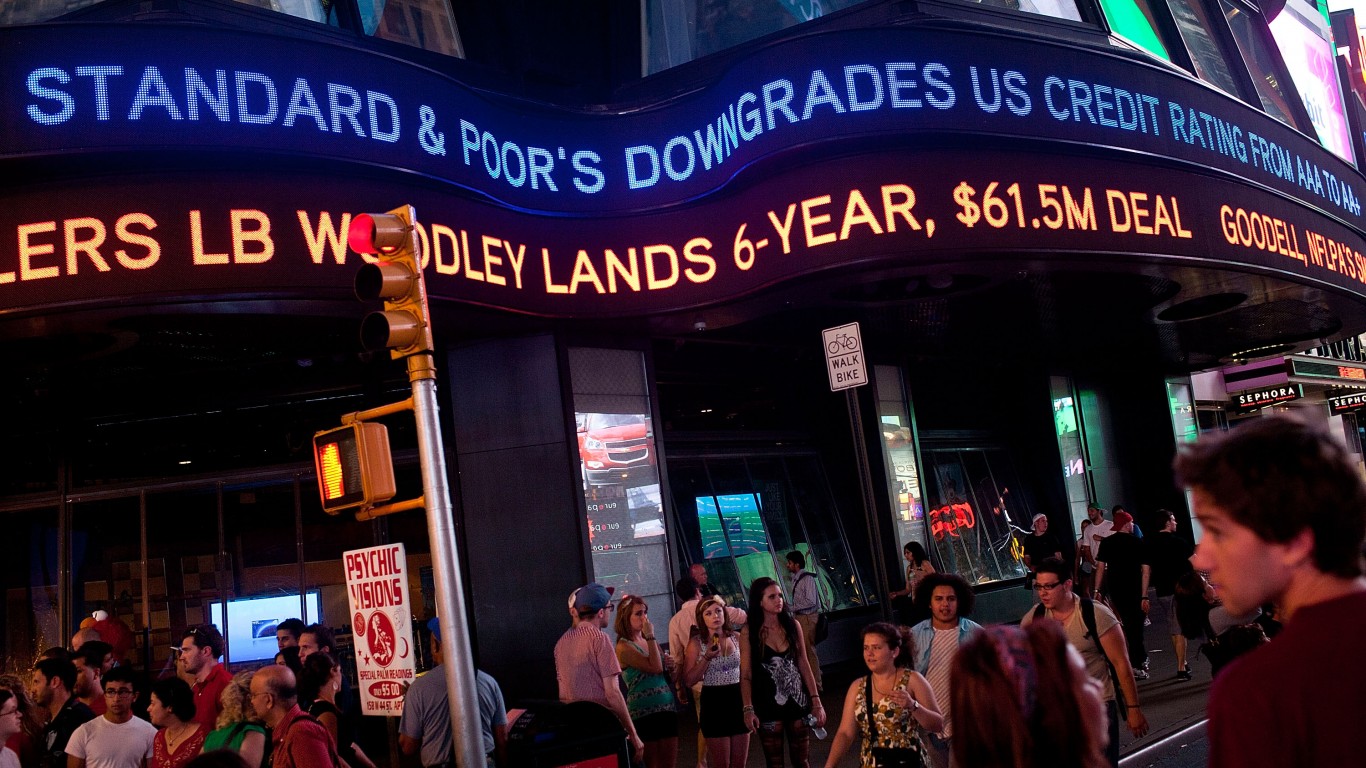Investing
No One's Talking About a Market Crash. Does That Mean One Is Right Around the Corner?

Published:

There are plenty of different investor types out there – some perma-bulls who believe this market rally can continue forever, and those who are much more bearish on how long this current cycle can last.
Indeed, outside of a pandemic-induced crash (which was quickly recovered in the matter of months, the U.S. stock market has generally headed up and to the right for the better part of two decades. Accordingly, there are a wide swath of investors (many millennials) who have never seen a true and sustained recession in their adult lives and investing lifetimes.
I’d argue that’s probably a good thing, particularly for those who have been able to put capital to work in equities over this time frame. And it’s generally true that stocks tend to head higher at a rate of around 10% per year in perpetuity (when looking at the market as a whole), so many long-term investors don’t necessarily worry about the next market crash, but how to weather the storm.
That said, it’s also true that a 50% drawdown in the market can result in an average portfolio taking around 10 years to fully recover losses, if that portfolio grows around 7% per year coming out of a crash.
So, while the majority of investors appear to be on one side of the boat, believing this rally will continue and we’re in for a soft landing, there are others who may believe that when many in the market are so bullish, it’s time to take some profits. In the words of Warren Buffett, it’s probably best to be “fearful when others are greedy, and greedy when others are fearful.”
Let’s dive into the case around why a potential market crash could be more likely than the probabilities suggest right now.

A major market crash seems unlikely right now, at least according to most experts. However, there are some experts, such as Joseph Camberato, CEO of National Business Capital who have suggested global conflicts or election disruptions could impact market stability, with key risk factors potentially driving selling pressure if market sentiment reverts. Some of the key risk factors many experts continue to point out include persistent inflation, Federal Reserve decisions, consumer unease, overvalued stocks, unclear guidance, ongoing conflicts, and rising debt concerns.
Indeed, there are a wide range of places that unease could hit financial markets, and a whole host of unknown unknowns in this regard that could provide a catalyst for a market crash. However, we haven’t seen any major one-off risks really materialize since the regional banking crisis more than a year ago which was quickly resolved. And until the rather stable job market shows signs of breaking down, bulls continue to be in the driver’s seat.
Adding to the confidence of many bulls are expected potential rate cuts on the horizon, which are aimed at ensuring a balance between growth and inflation over the long-term. If the Fed can get this soft-landing right, there may be no market crash to speak of for some time. However, many fans of stock market history are quick to point out that when the yield curve is inverted for a long time (and to the degree it has been in recent years), the market has never avoided a recession in the coming years, so we’ll see.

The market continues to reflect strong optimism around the near and medium-term future, pricing in much more positive growth under a new Trump administration. Stocks continue to hover around all-time highs, as economic growth metrics continue to come in strong (the U.S. economy grew at a 2.8% annualized rate in Q3, mirroring Q2 numbers). More data which will be released later this week could shift expectations up or down, but for now, market participants appear to be taking the over on where this economy is headed from here.
Most notably, large-cap stocks have continued to dominate market performance this year, and are expected to see continued outperformance in coming quarters. Particularly strong upside seen in sectors such as utilities, financials and telecom stocks have buoyed a continued rise higher for major tech names. So long as this rather broad rally continues, bulls will continue to be rewarded for staying fully invested.
But now, many are beginning to question the valuations many companies and sectors are trading at following the election. The key question is whether too much optimism has been baked in at these levels, and how much growth has been pulled forward in terms of valuations.

As readers may note, I’m taking a cautiously optimistic view of where the stock market could be headed over the course of the next year. For now, bulls have been correct in their soft-landing calls, and barring any shocks, that’s the most likely scenario to play out. I think that’s a fair assessment of where we stand.
But as has been the case in other periods of time where the yield curve steepened quickly following a significant inversion, it’s hard to shake the idea that we’re not due for something over the next year or two.
So, the dilemma is whether to stay fully invested for the ride (and buy more if the market does correct in a meaningful way), or look to take a more defensive position in this market or re-allocate a portion of one’s portfolio to safe haven assets such as bonds, gold and other commodities. I think that’s up to the individual investor and their own unique risk tolerance profile.
Thank you for reading! Have some feedback for us?
Contact the 24/7 Wall St. editorial team.